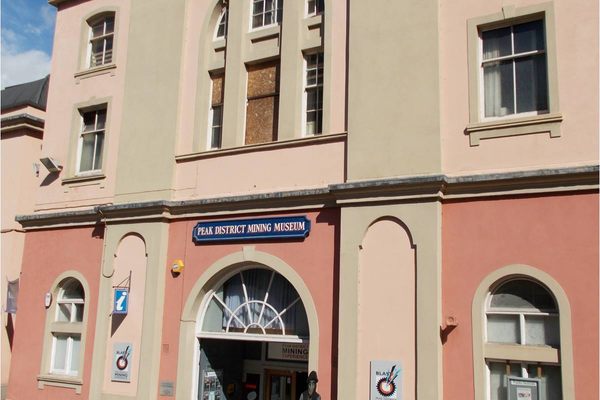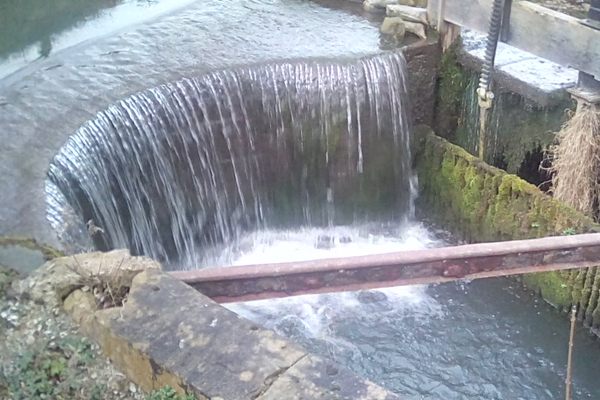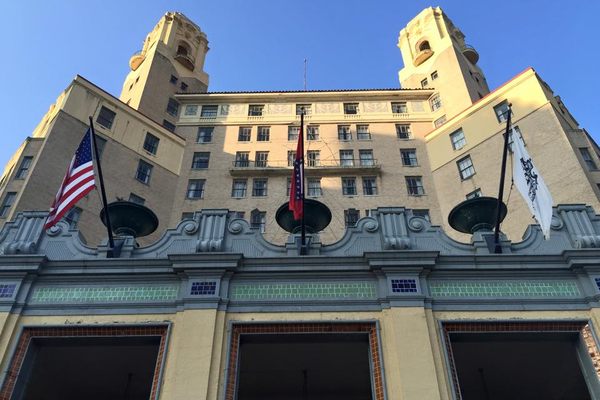Nestled deep in the rolling green hills of the peak district, this large village feels almost out of place. Anyone who has visited a British seaside town will feel instantly familiar with the shopfronts, fish and chip shops, ice cream parlors, and souvenir boutiques. Families mill around, crunching on sticks of rock and frittering away tuppences in the brightly colored arcades.
But here’s the strange thing: Matlock Bath is nowhere near the coast. In fact, being in Derbyshire, it’s part of the furthest county from the sea in the whole of the U.K.
Much as the first seaside tourist destinations largely sprang out of the belief that the water and air were beneficial for one’s health, Matlock Bath’s history begins with the discovery of warm springs in the area. A small tourism economy soon grew around the blossoming spa town, and the building that housed the famous old spa is now an aquarium. The area began to attract both actual and artistic royalty in the 19th century. For the supposed sake of their health, the aristocracy flocked to Matlock Bath. Queen Victoria stayed here as a princess. Mary Shelley mentions the town in Frankenstein, stating that it much resembles Switzerland, but “on a lower scale.”
With the building of a nearby railway station, the rest of society also got a chance to enjoy the area’s charms. It became a quaint holiday destination for those unable to trek all the way to the coast. Matlock Bath developed slowly in the 18th century, boomed in the 19th century, then slowed again in the 20th century, and the architecture reflects all three of these periods. The village is shaped around three principal buildings: the New Bath Hotel, Holy Trinity Church, and the Pavilion. Houses throughout the town are built from local Derbyshire limestone and Welsh slate in a Gothic style.
Unlike many true seaside towns, Matlock Bath’s status as a designated conservation area has led to the preservation of much of the original architecture. Paintings from the 19th century show much the same village as you find today. At the weekends throughout the summer, local bikers congregate along the high street to chat and show off their vehicles, before embarking on rides through the surrounding area.
A sometimes surreal simulacrum, this place makes you wonder what truly makes a seaside town. If you’re in the area and craving a taste of the British seaside, but don’t want to trek several hours to the coast, this curious village might just hit the spot.
Know Before You Go
The address and map coordinates above point to the arcade and aquarium at the center of town.


















Follow us on Twitter to get the latest on the world's hidden wonders.
Like us on Facebook to get the latest on the world's hidden wonders.
Follow us on Twitter Like us on Facebook